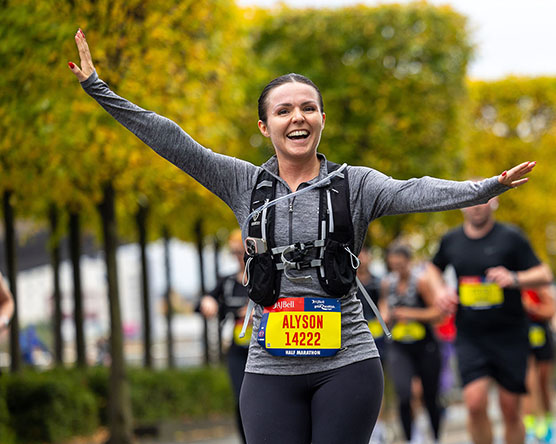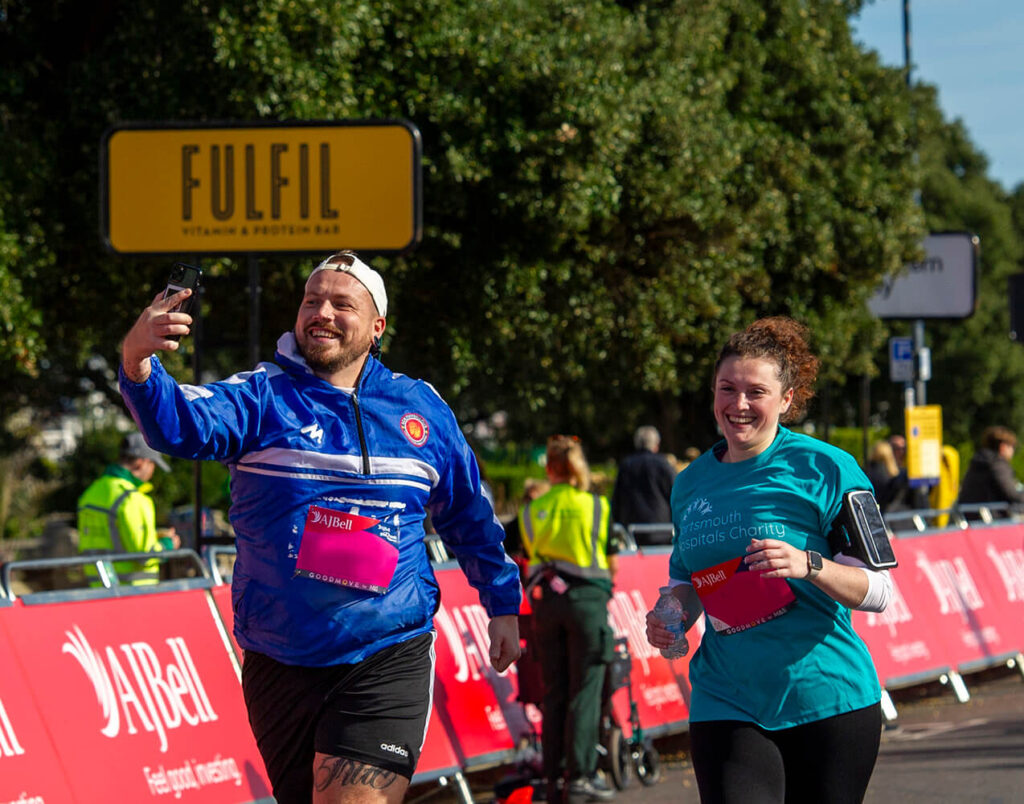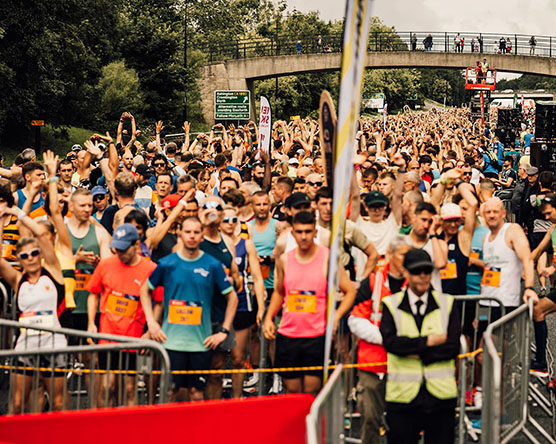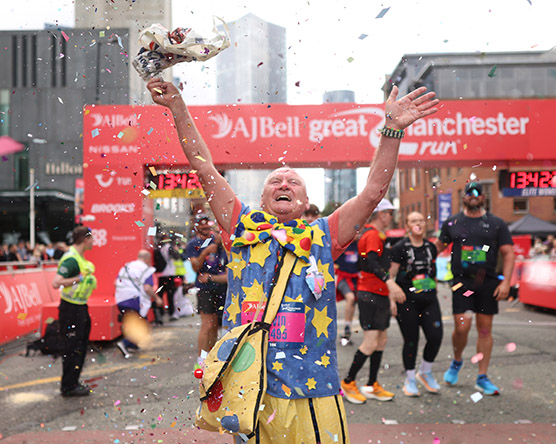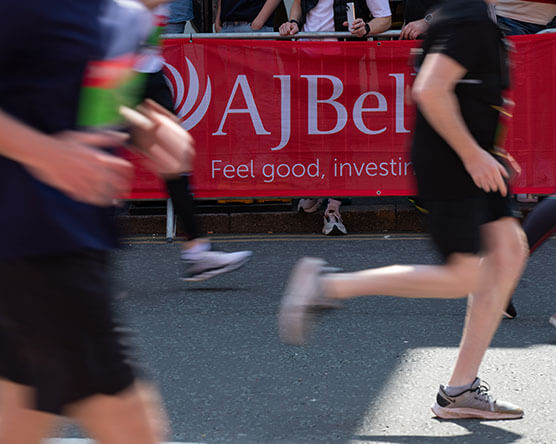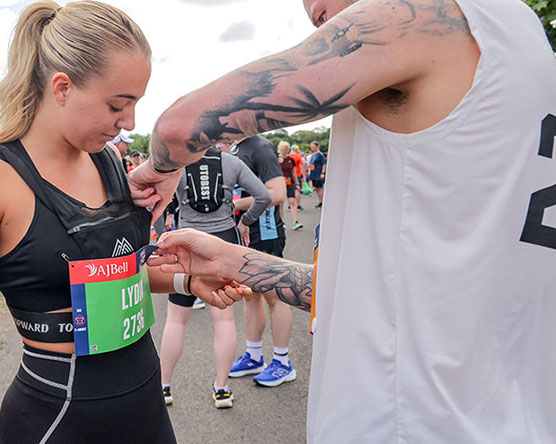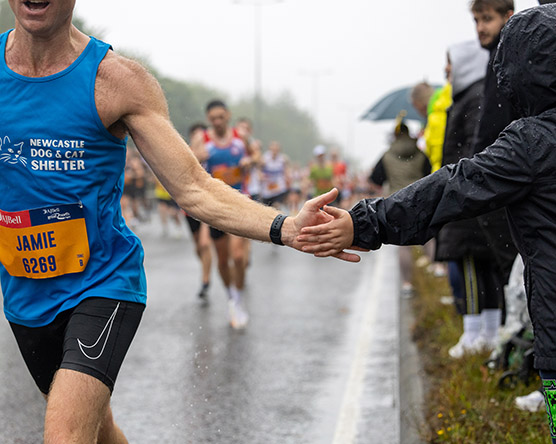And how does it help my running?
Plyometrics is the latest exercise craze to get some attention on the running scene – but exactly what is plyometrics, and will it help you run faster?
Well, plyometrics – otherwise known as jump training – involves harnessing the power of explosive, dynamic movements. These movements involve plenty of – yep, you guessed it – jumping, and demand a lot of energy – but they also come with big rewards.
Rapidly contracting and stretching muscles helps build strength and flexibility and, in plyometrics, the exercises target your legs and glutes. The outcome? You’ll find yourself running further – and faster – than ever before.
You can add plyometric exercises into your regular strength training sessions – in fact, if you’re already a gym or strength training devotee, you might already be using some plyometric techniques without even realising it. Alternatively, you can try some standalone plyometric workouts, adding in some upper body twists and arm exercises if you fancy – just take a look at our introductory guide below to get you started.
More good news about plyometrics – you can do it indoors or outdoors, although we’d recommend finding some grass or an exercise mat to ease the potential impact on your joints. But as plyometrics count as a high-intensity workout, we also suggest that you build up your baseline level of fitness first.
If you’re already an experienced runner – and maybe have your eye on a new PB – you might find it’s just the thing to shake up your exercise routine and take your finishing time to the next level.
Ready to give it a go? We’ve got five simple plyometric exercises for you to try.
Squat jumps
Squat with your legs slightly further apart than your hips. Use this starting position to jump up as high as you can and push your arms up into the air before landing back into a squat position and repeating. Aim for 10 reps before stopping for a quick rest. Complete three sets.
Stair hops
Start at the bottom of a staircase, then hop up onto the bottom step using your right leg. Step back down on your left leg and hope back up on the bottom step again with your right. Repeat until you’ve done 10 on one side, then swap legs.
Box jumps
You’ll need a box for this exercise – something that’s at least 12 inches tall. Squat down and then jump upwards, landing with both feet on the box (you might need to swing your arms to get some momentum up). Then jump down backwards, landing with soft, bent knees. Repeat eight times, rest, then complete for another two sets. Want to supercharge your challenge? Try jumping on one leg.
Tuck jumps
Trampolining flashbacks! For tuck jumps, stand with your knees ‘soft’ and feet shoulder-width apart. Then bend your knees and jump up as high as you can while bringing your knees up and tucking them up in towards your chest. Do 10 reps, then have a short rest before repeating for another two sets.
Lunge Jumps
Add a coordination challenge into the mix with some lunge jumps. Start with your feet shoulder-width apart, then jump your left foot forward and right foot back. Bend both knees so that your body drops into a lunge while keeping your core engaged. Then hop both feet back to your starting position before alternating and repeating the movement – so right foot forward and left foot back. Aim for 10 reps, three sets, with a short break in between each set.




